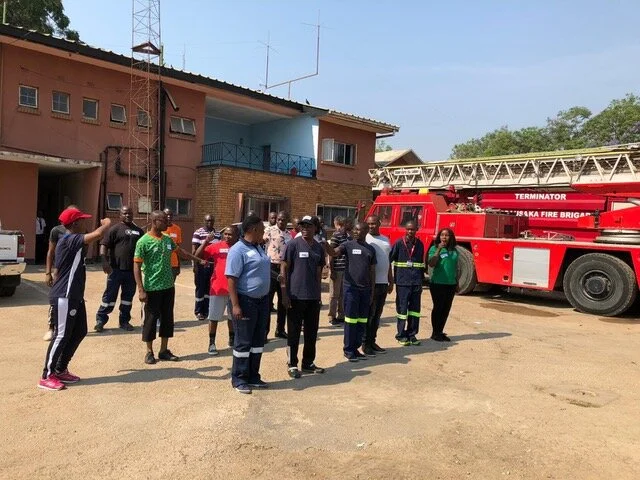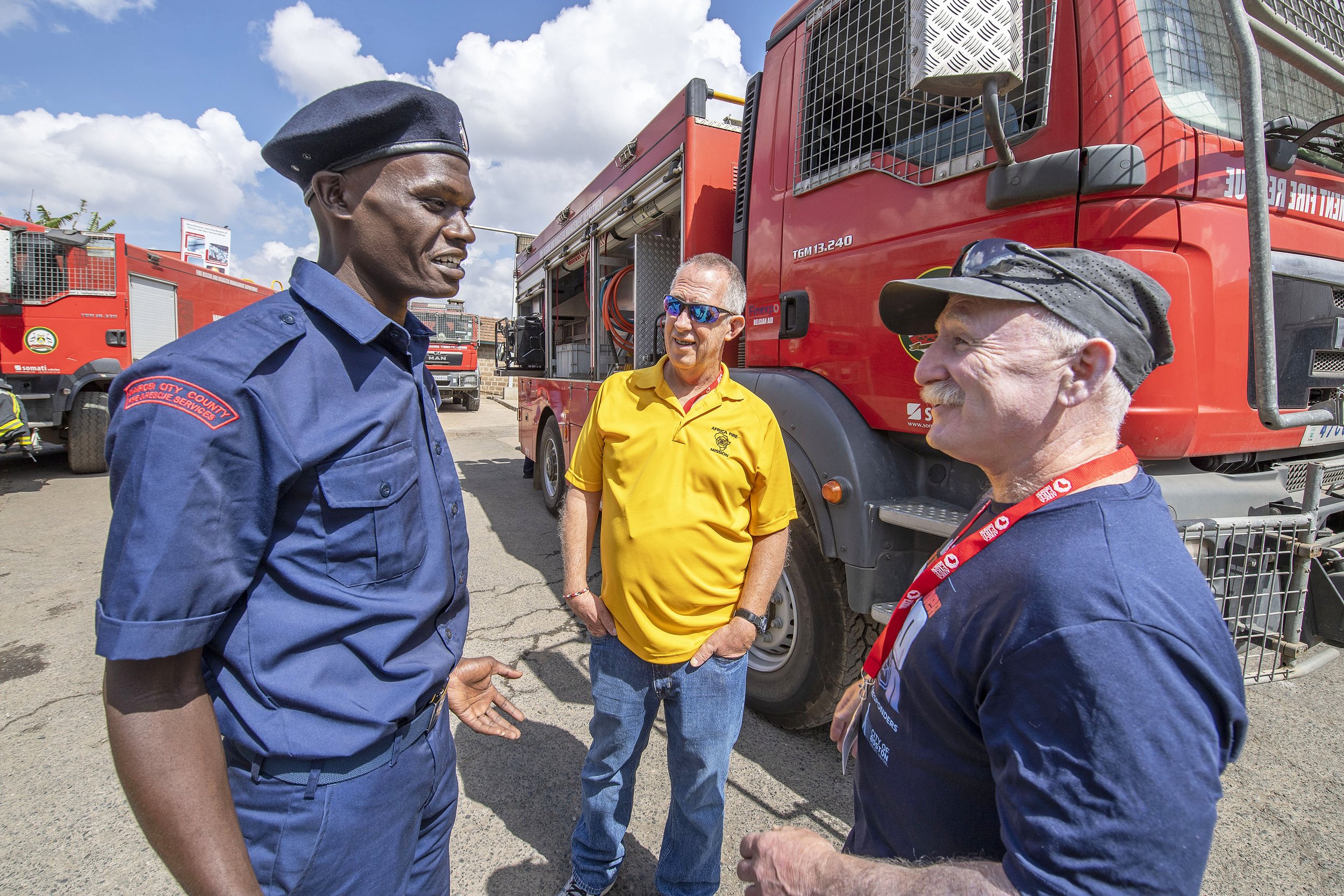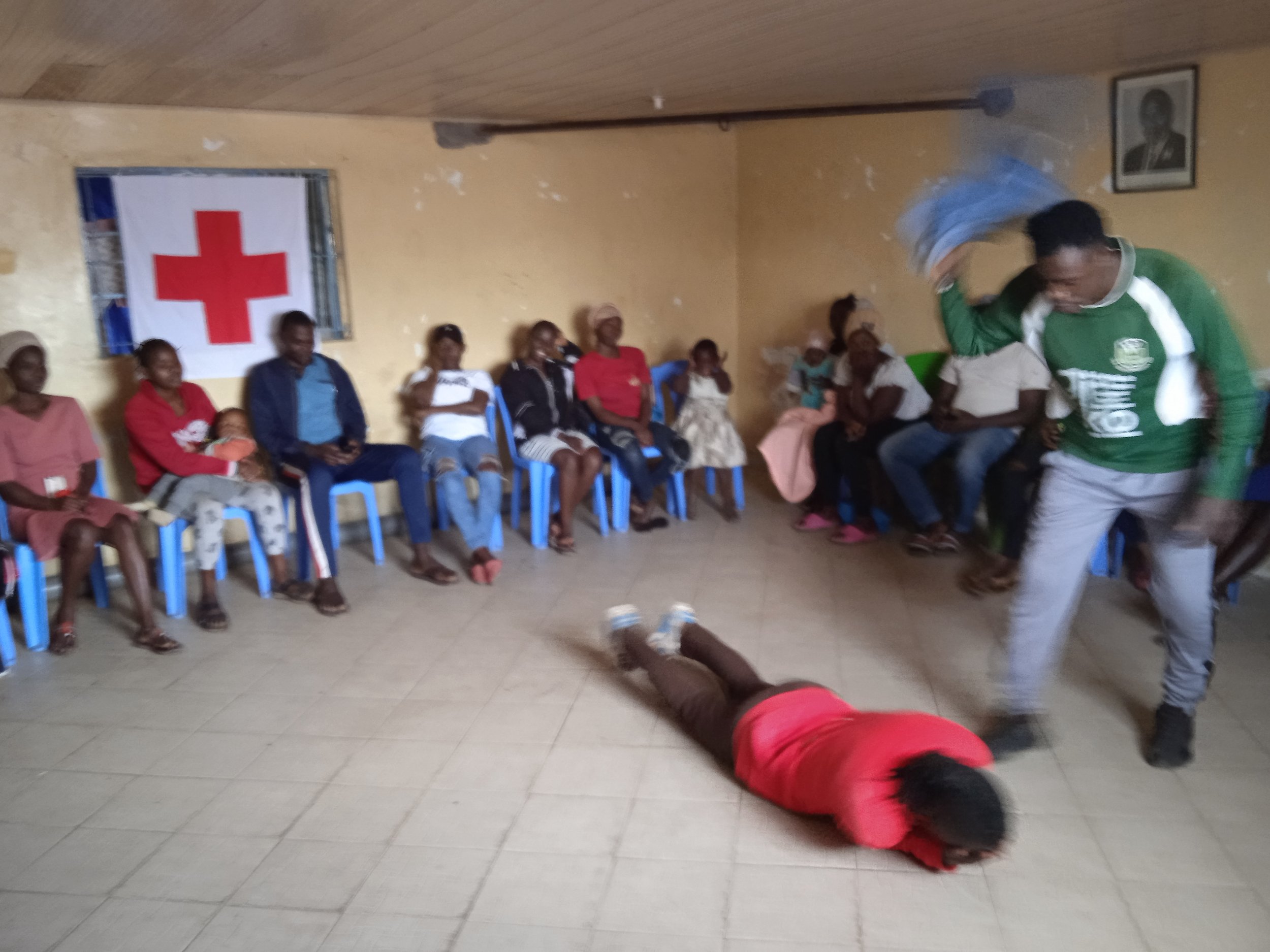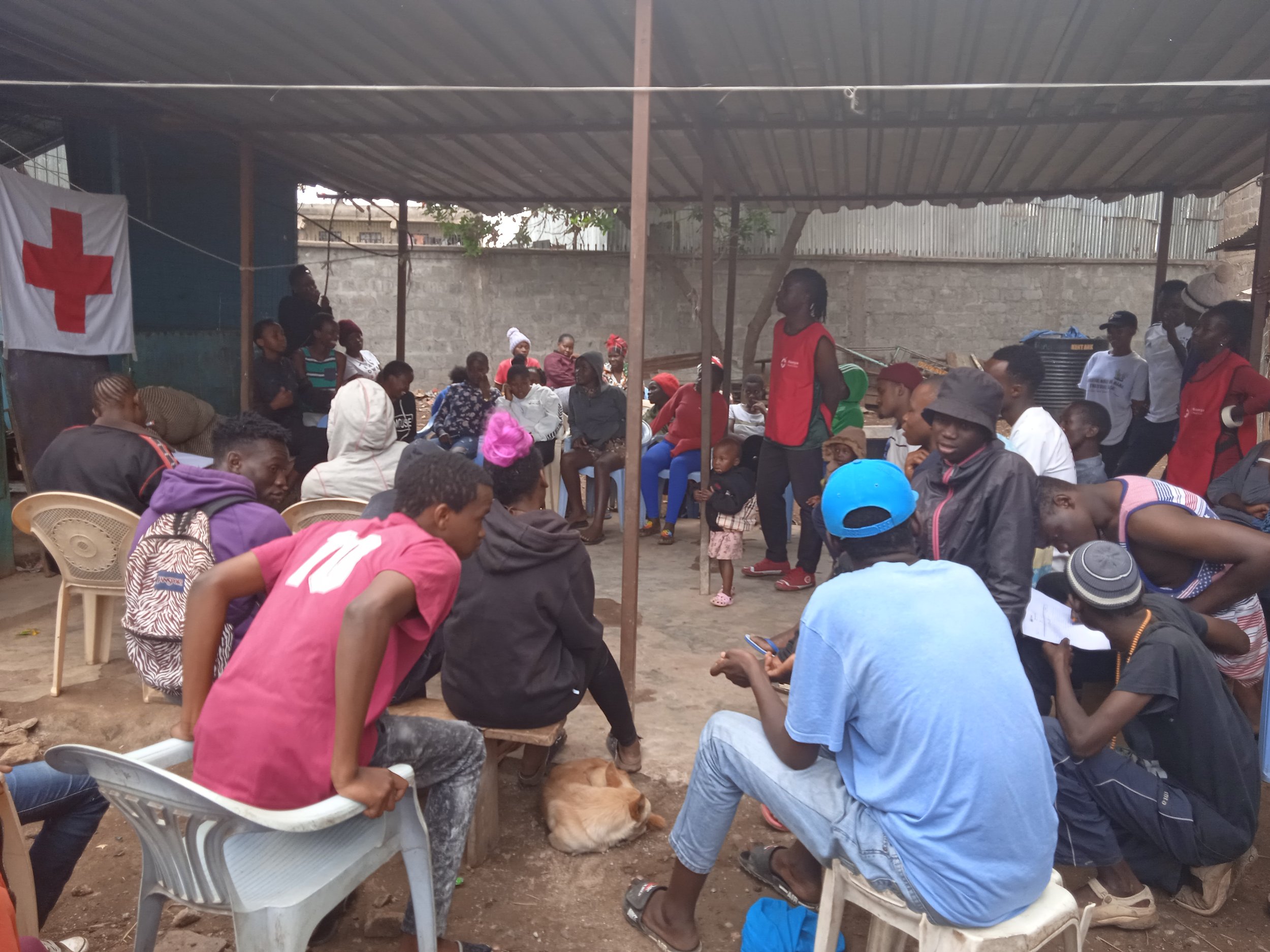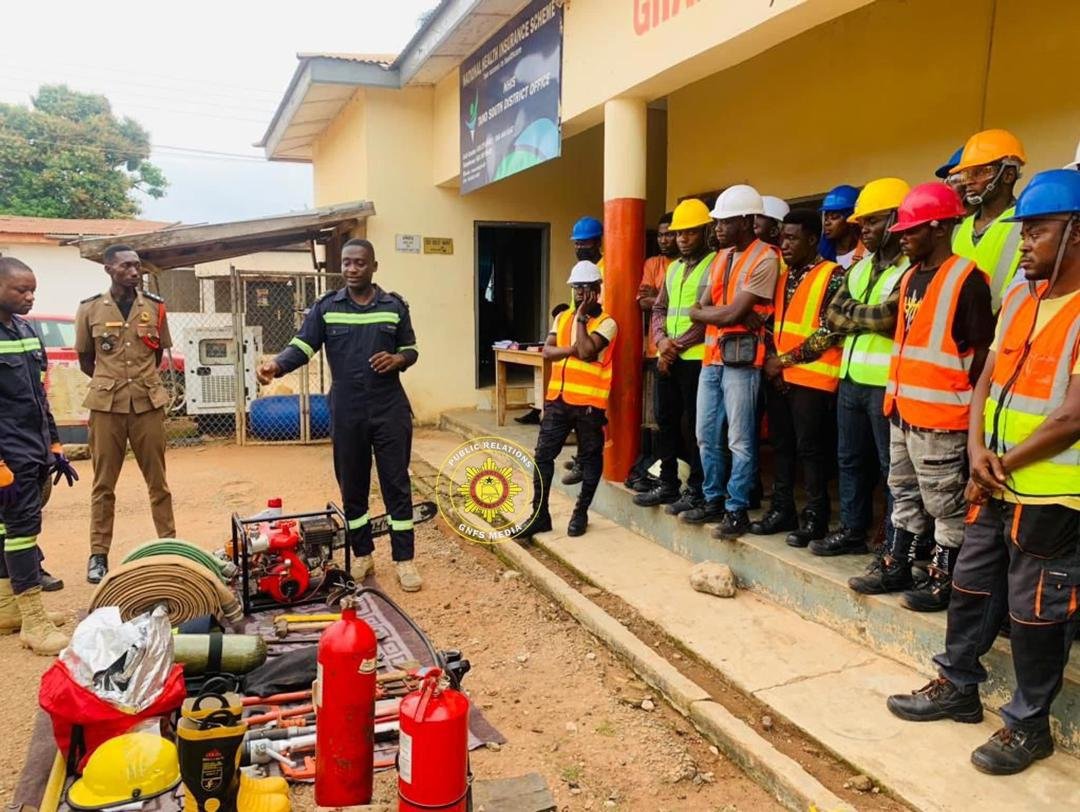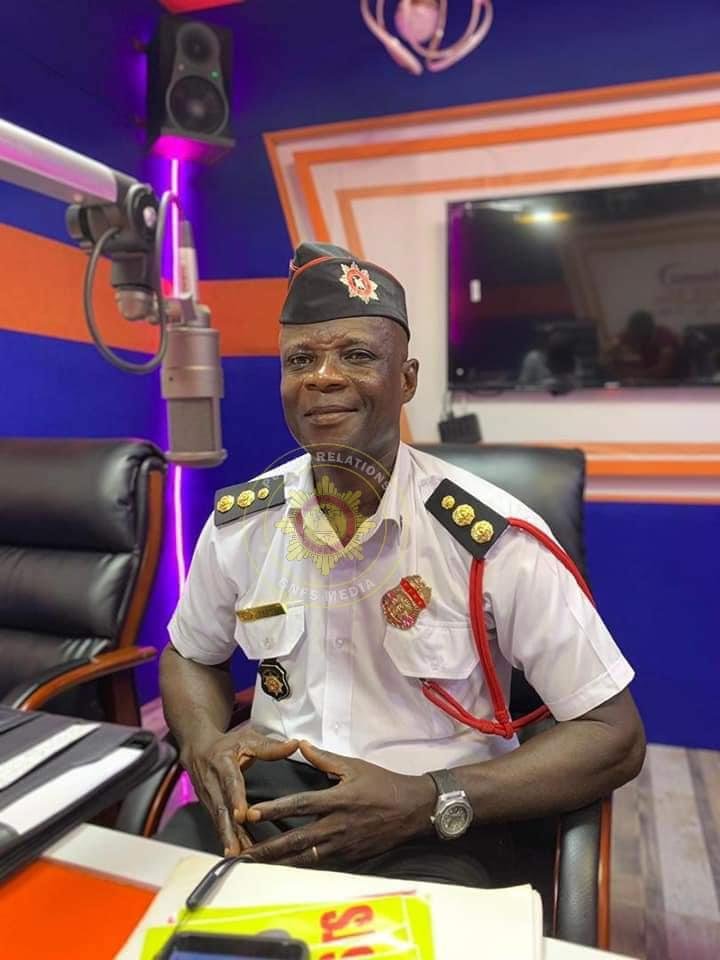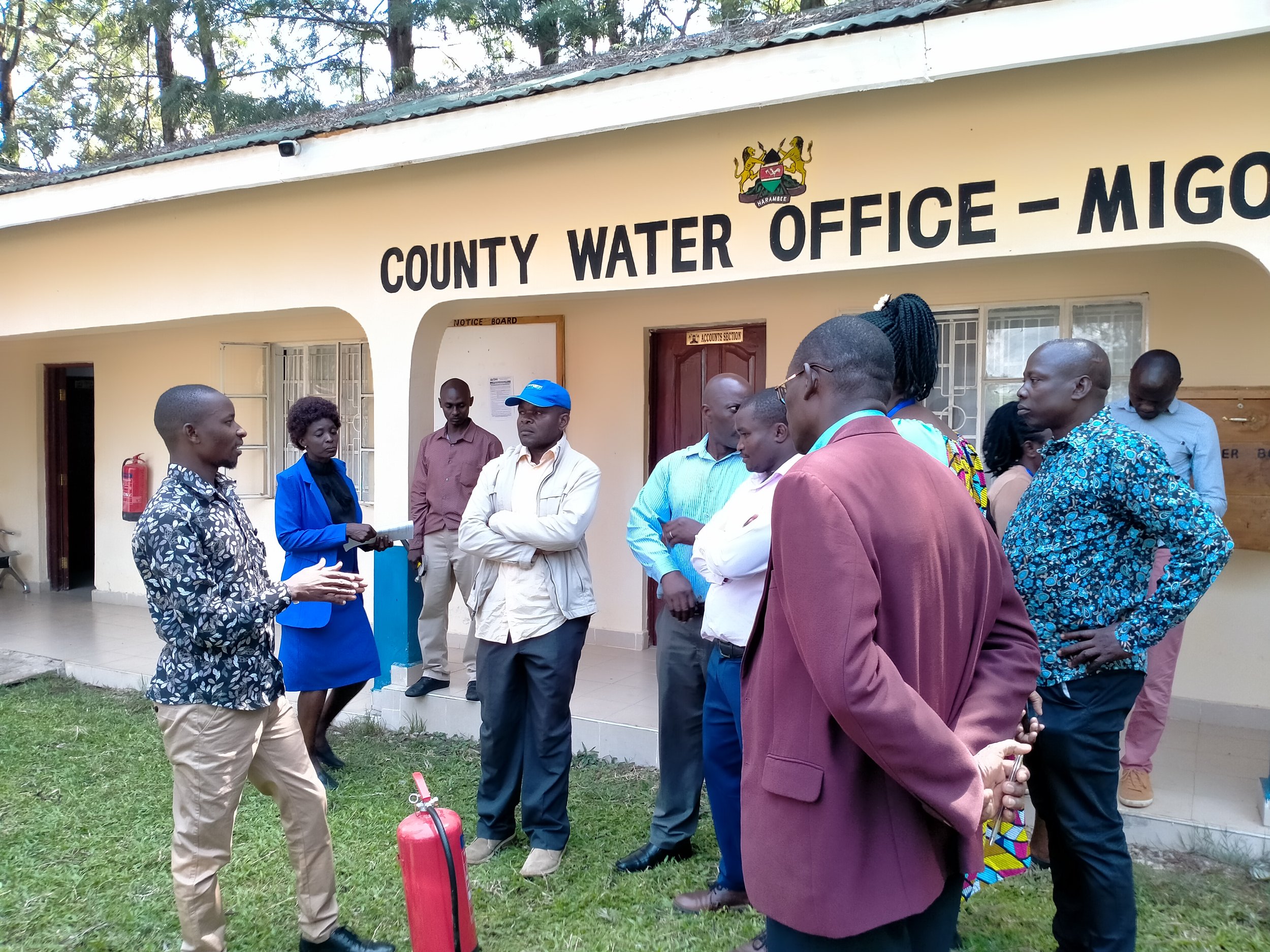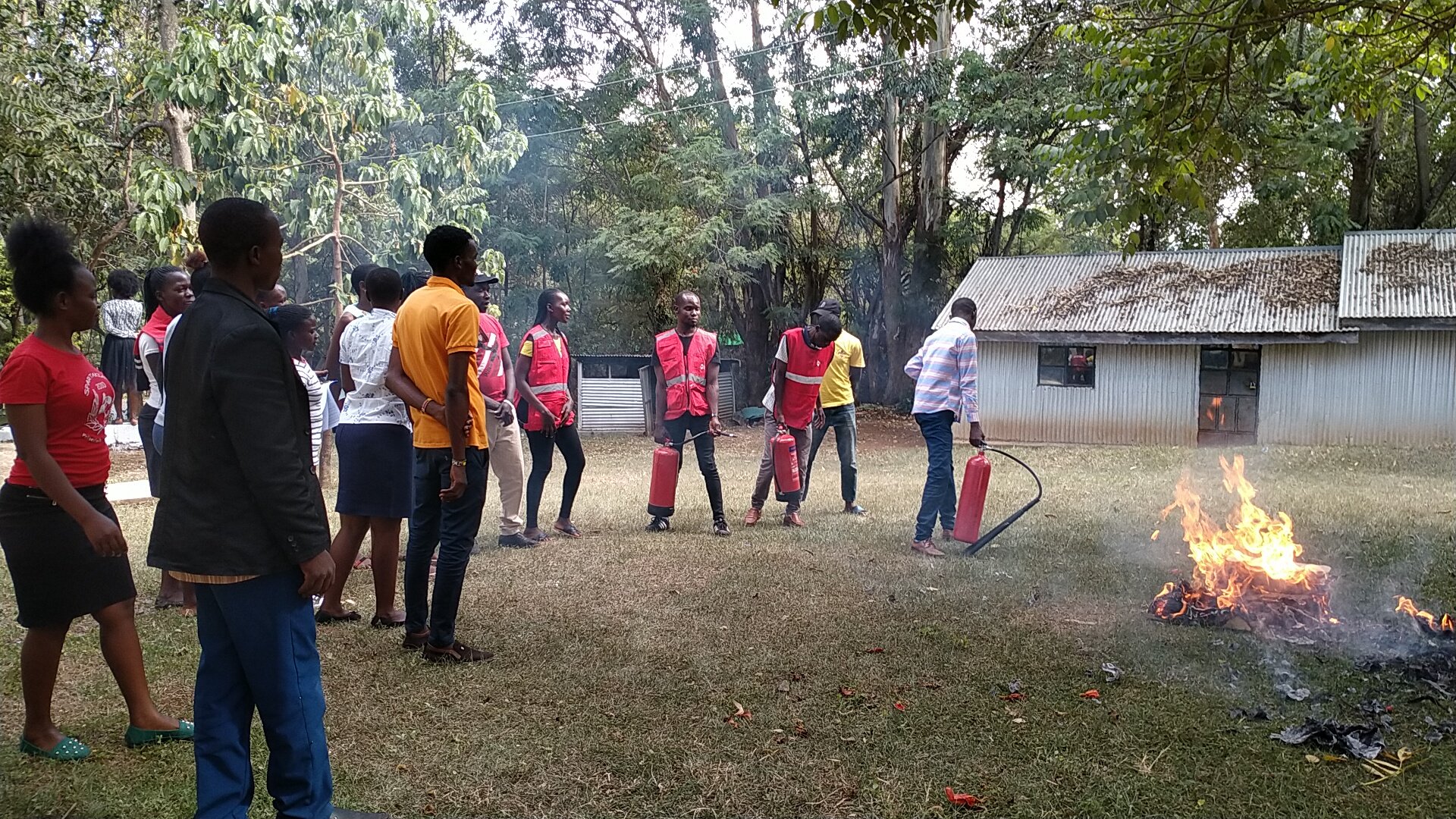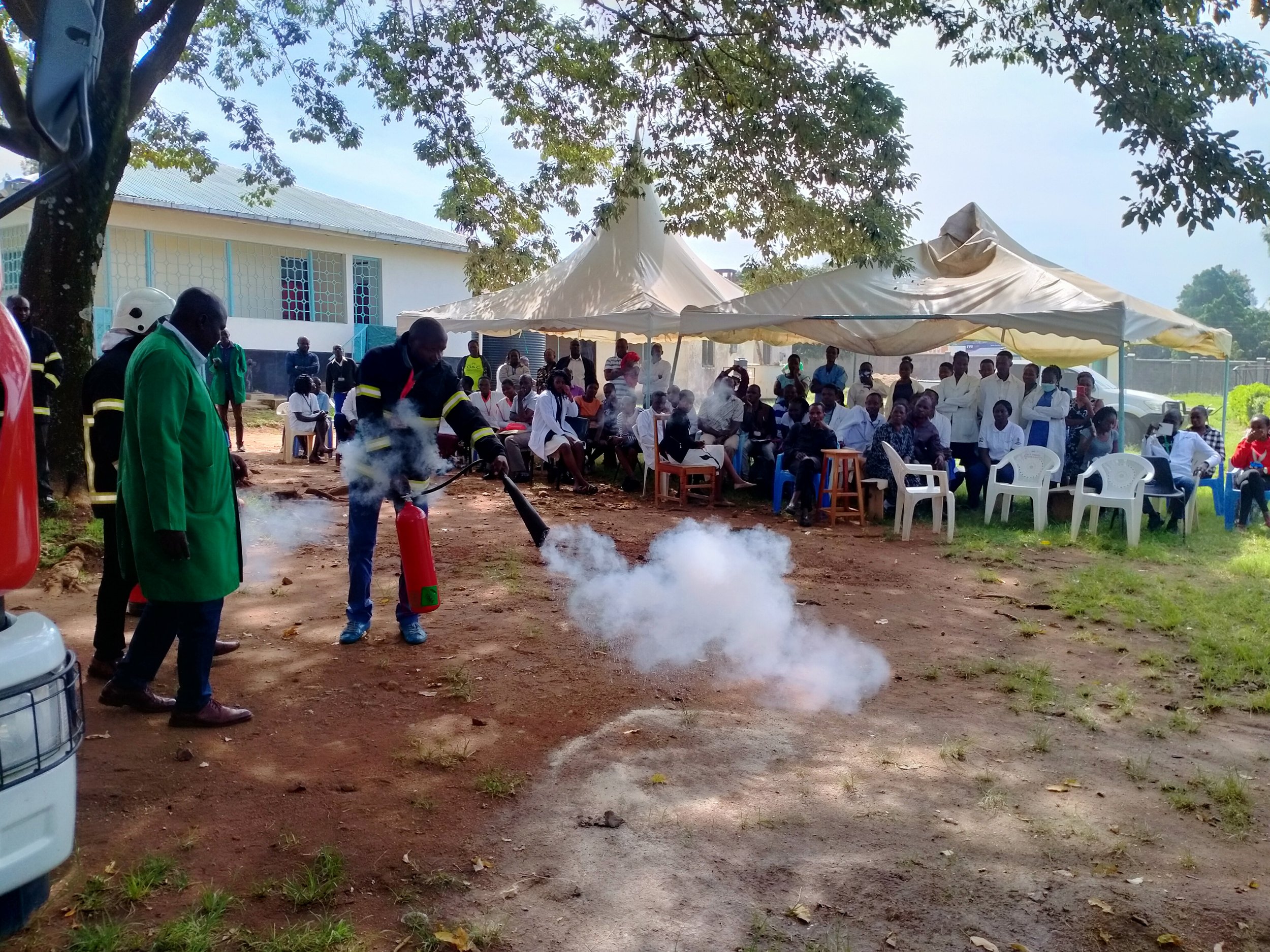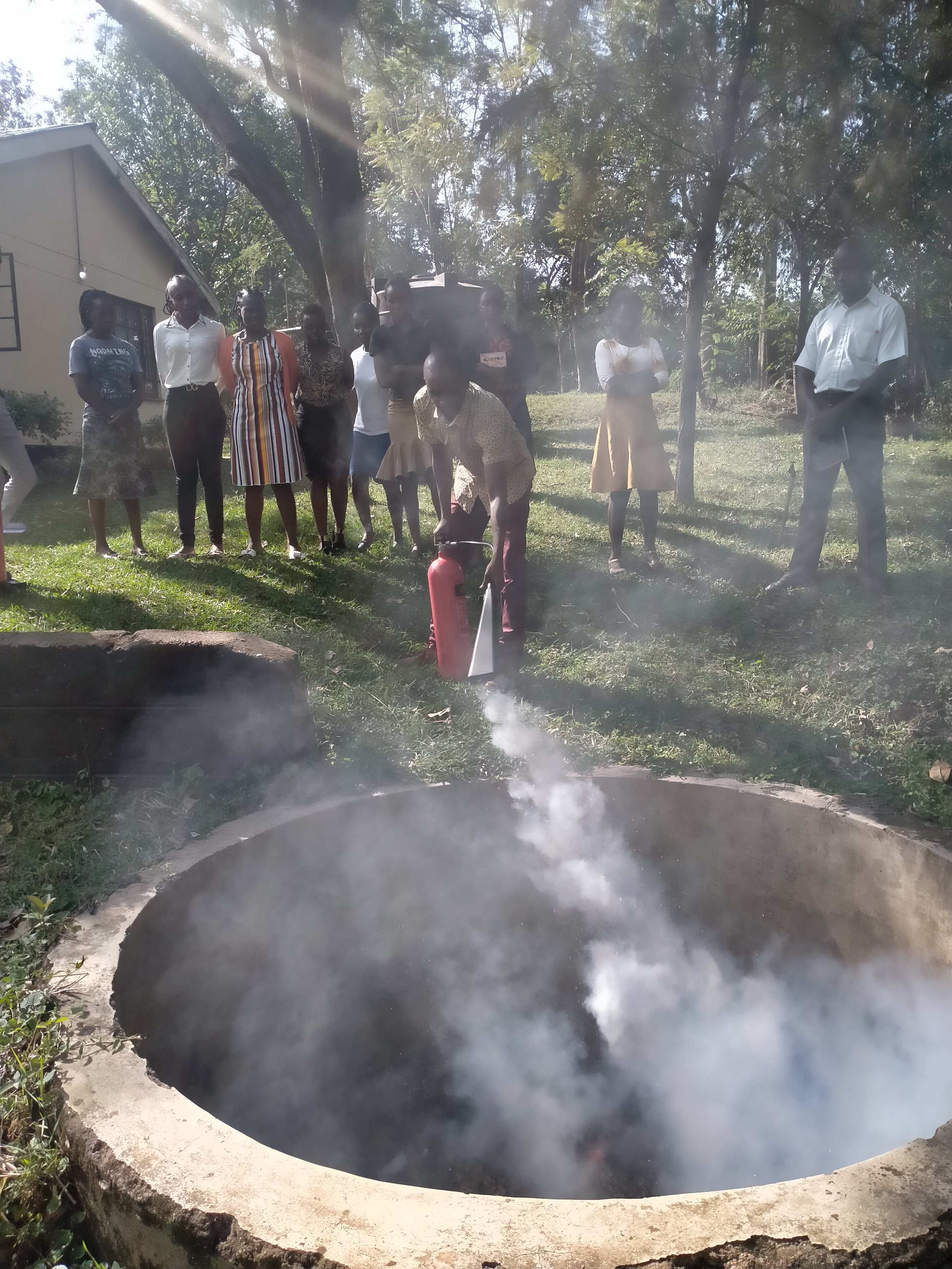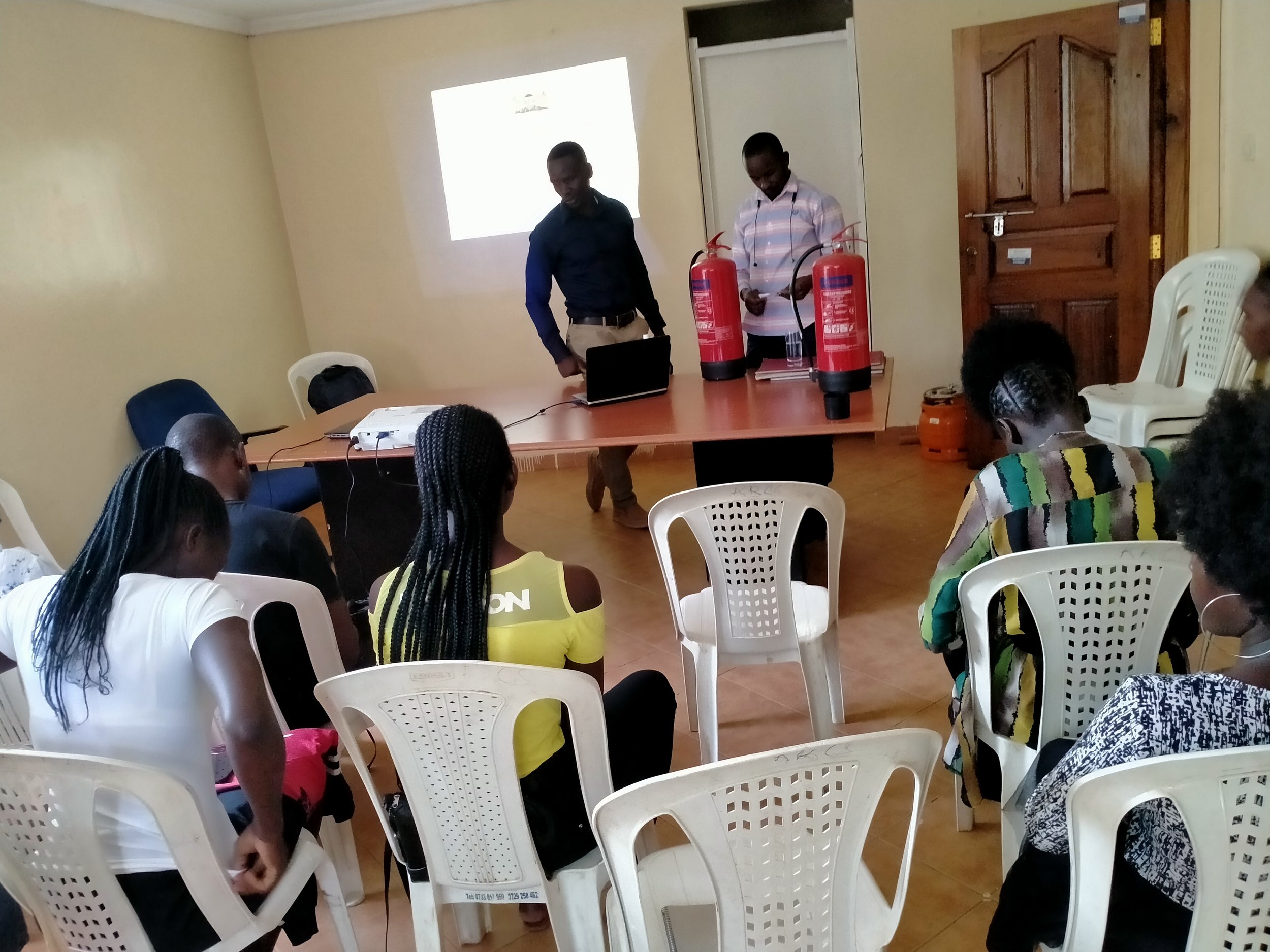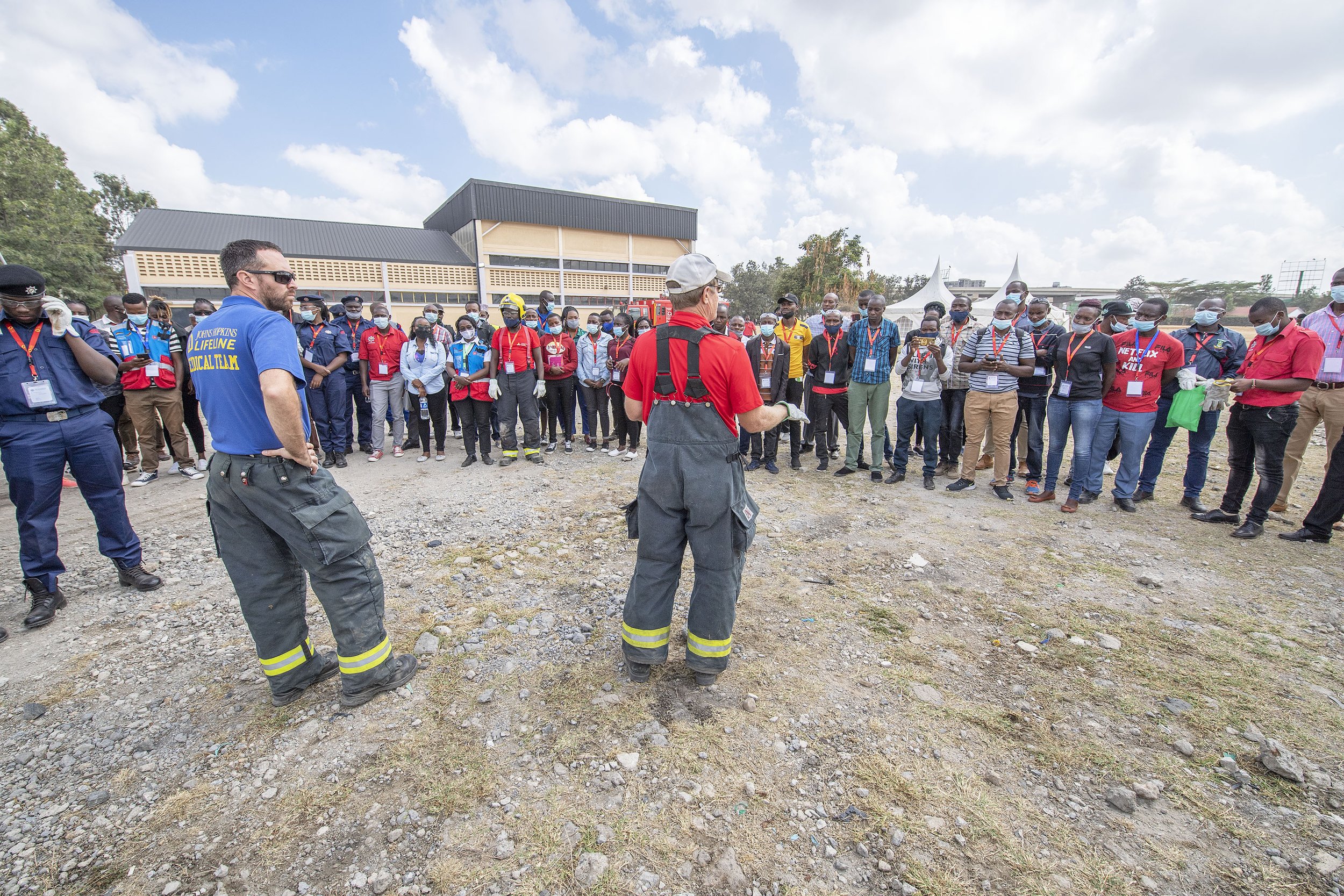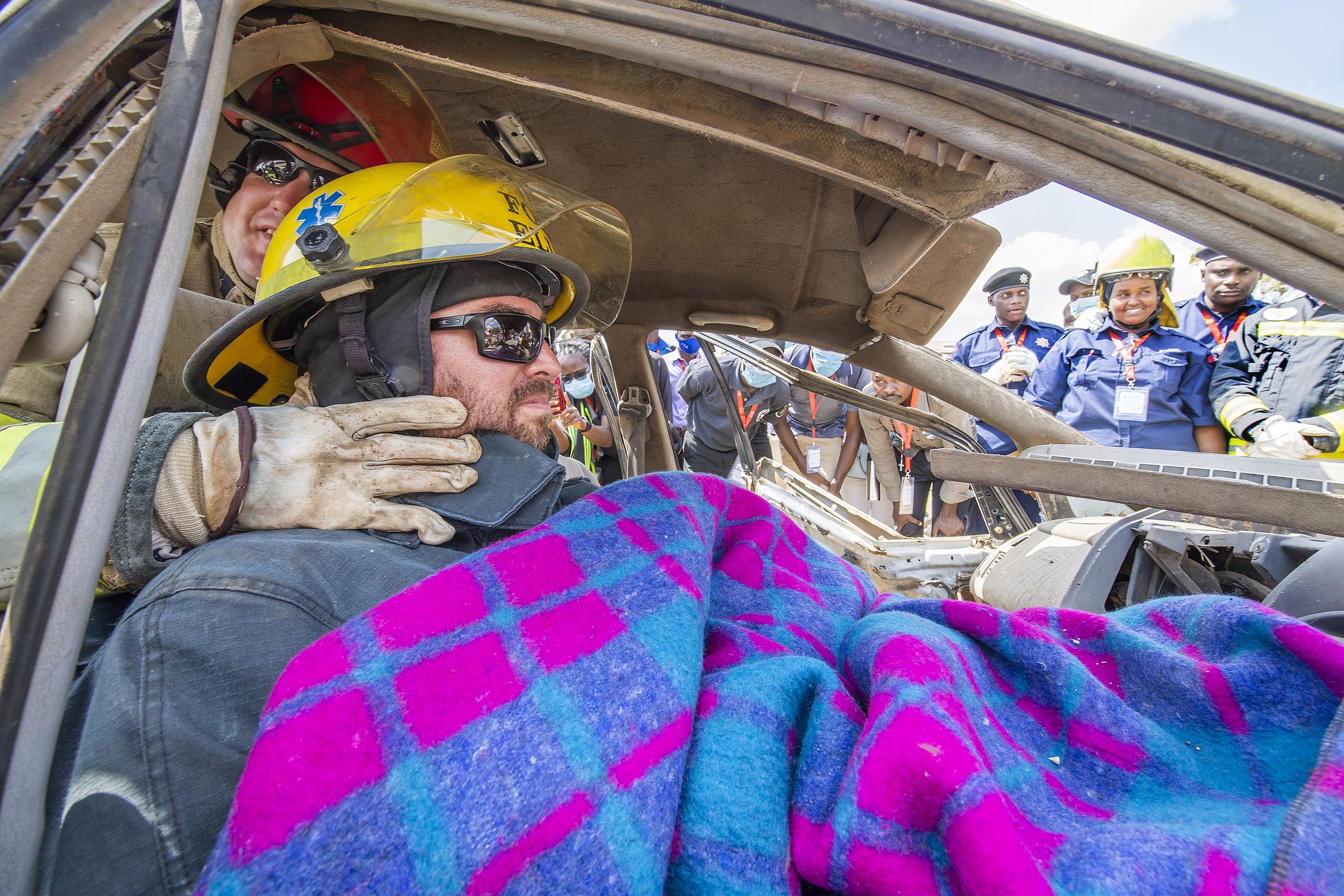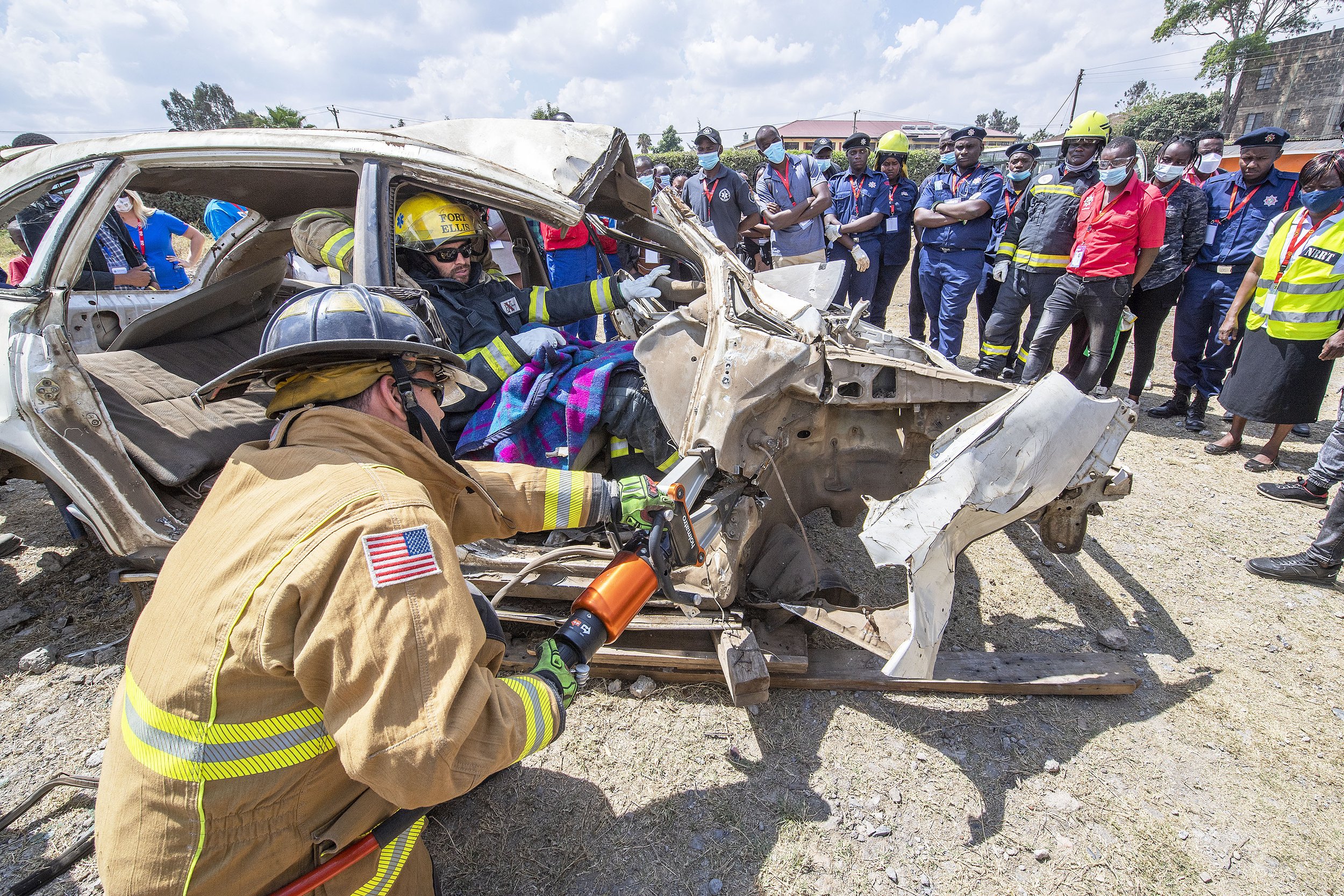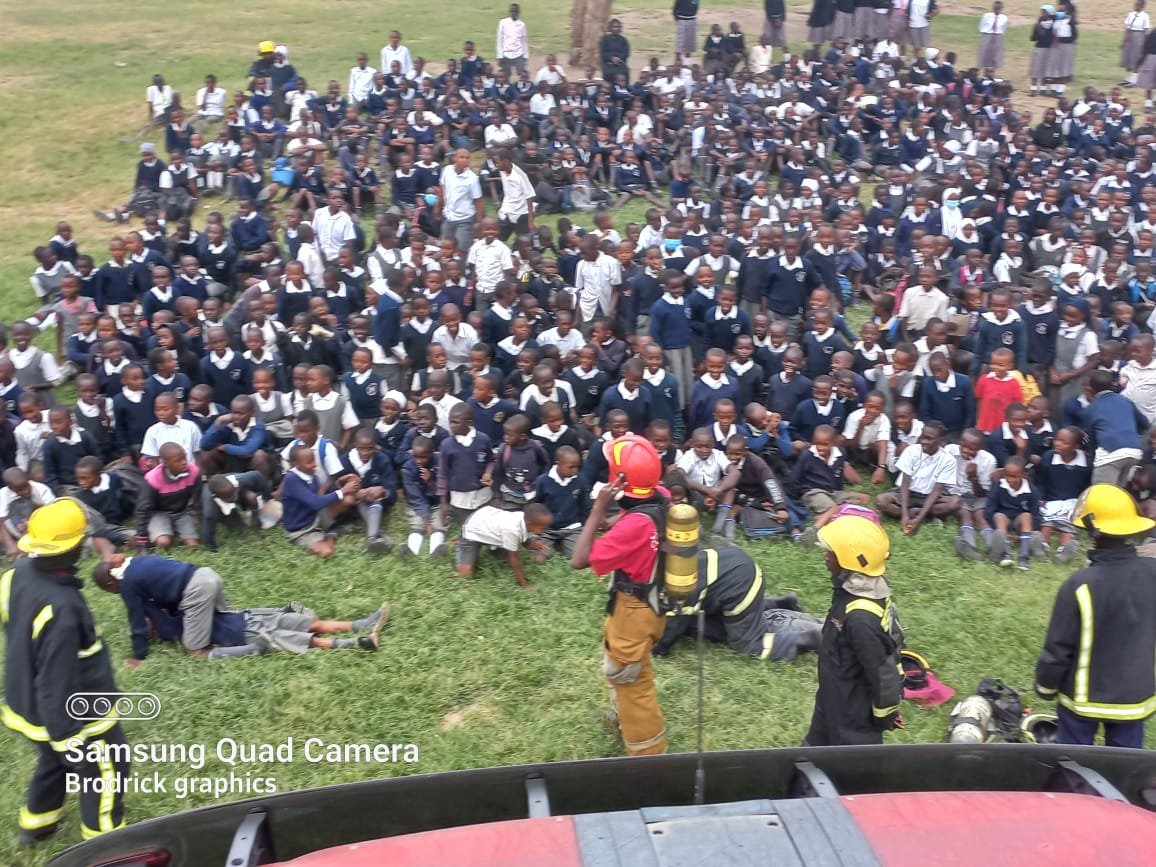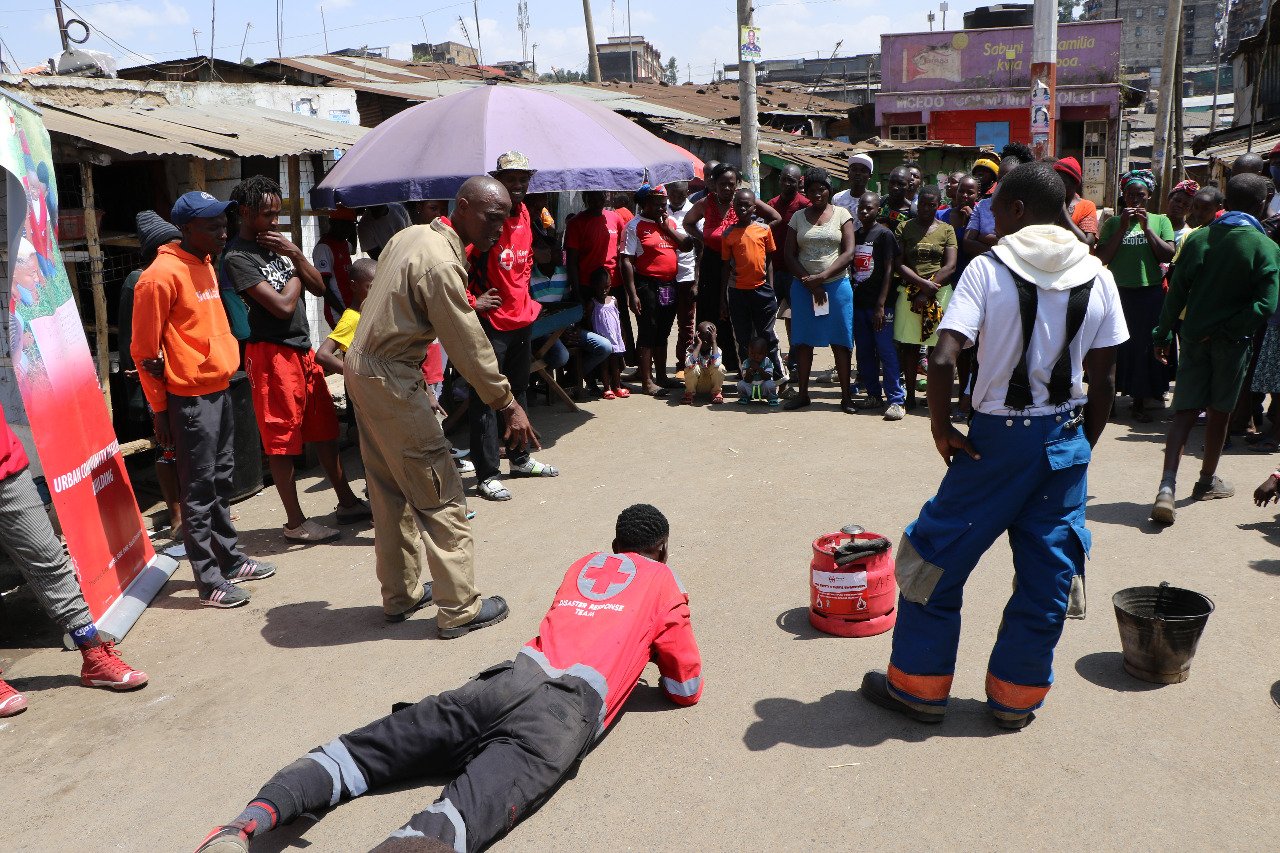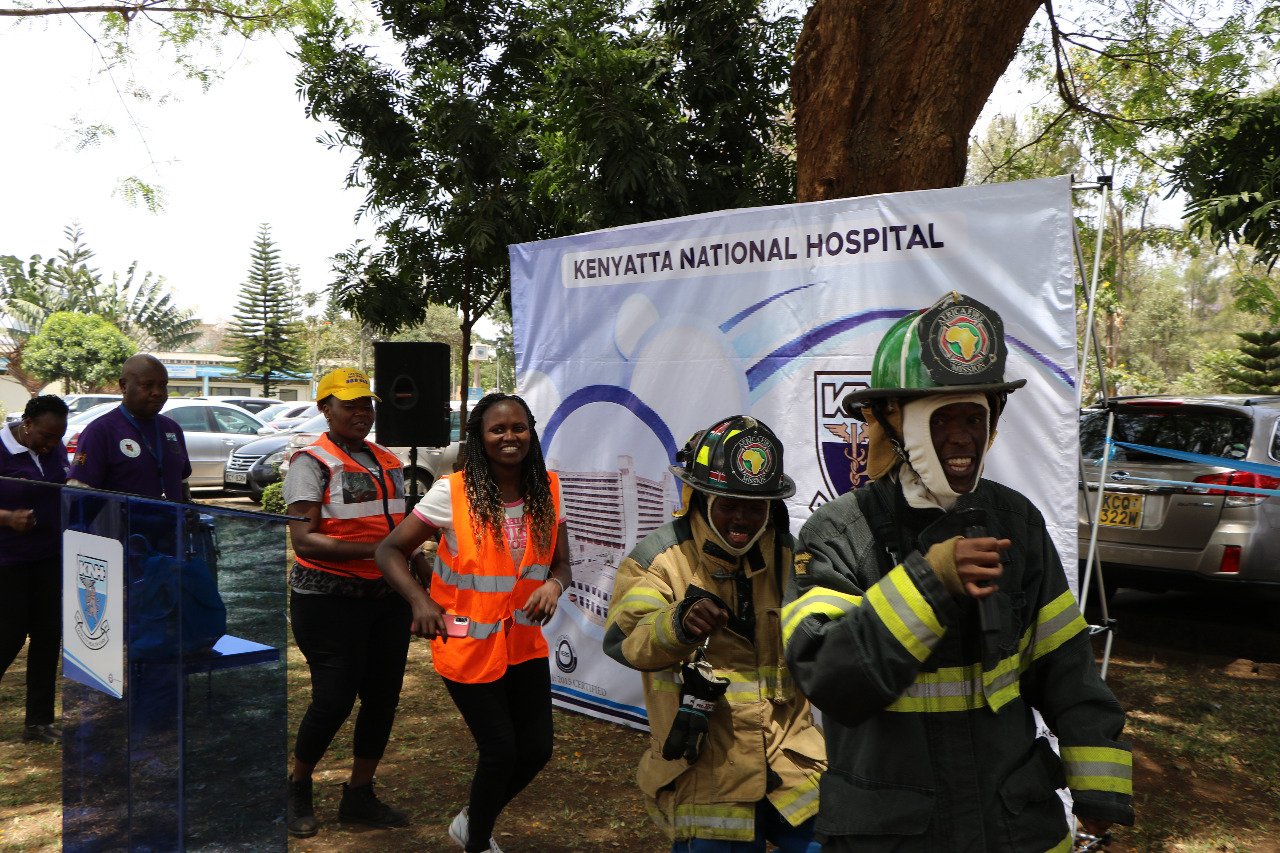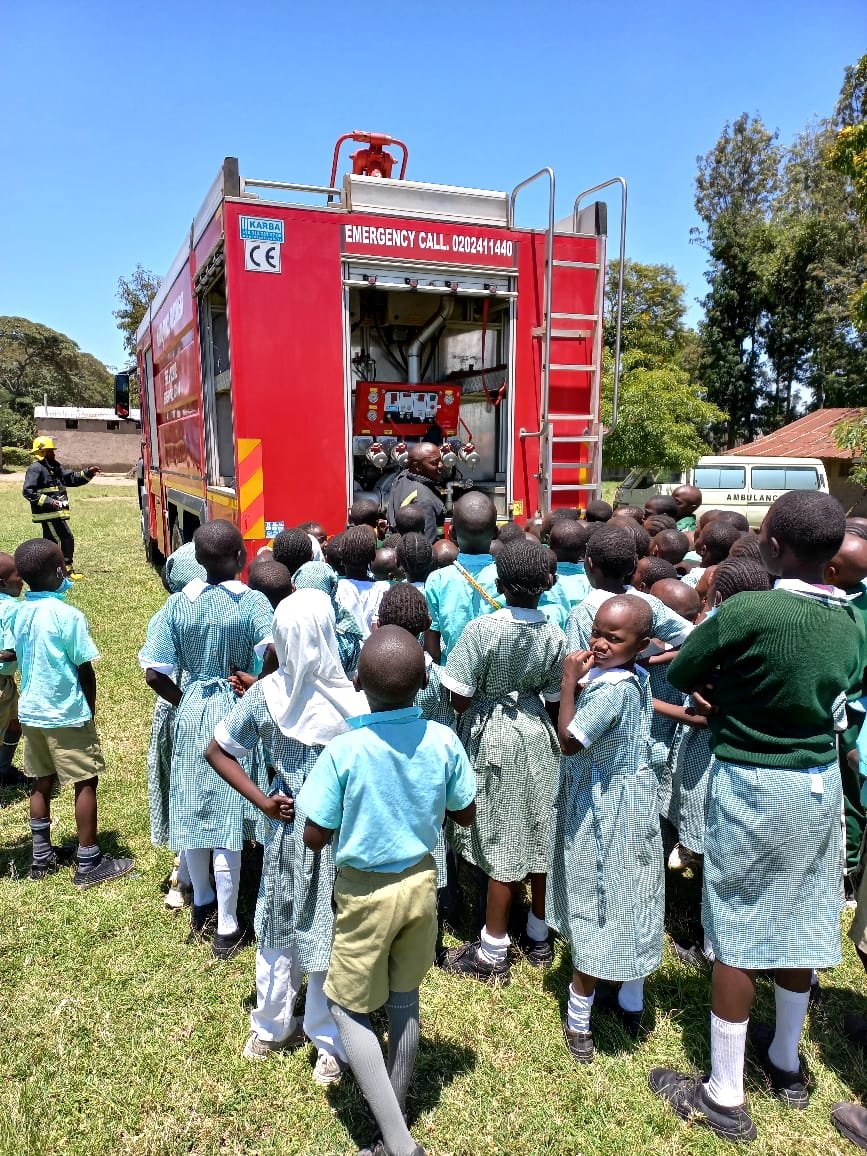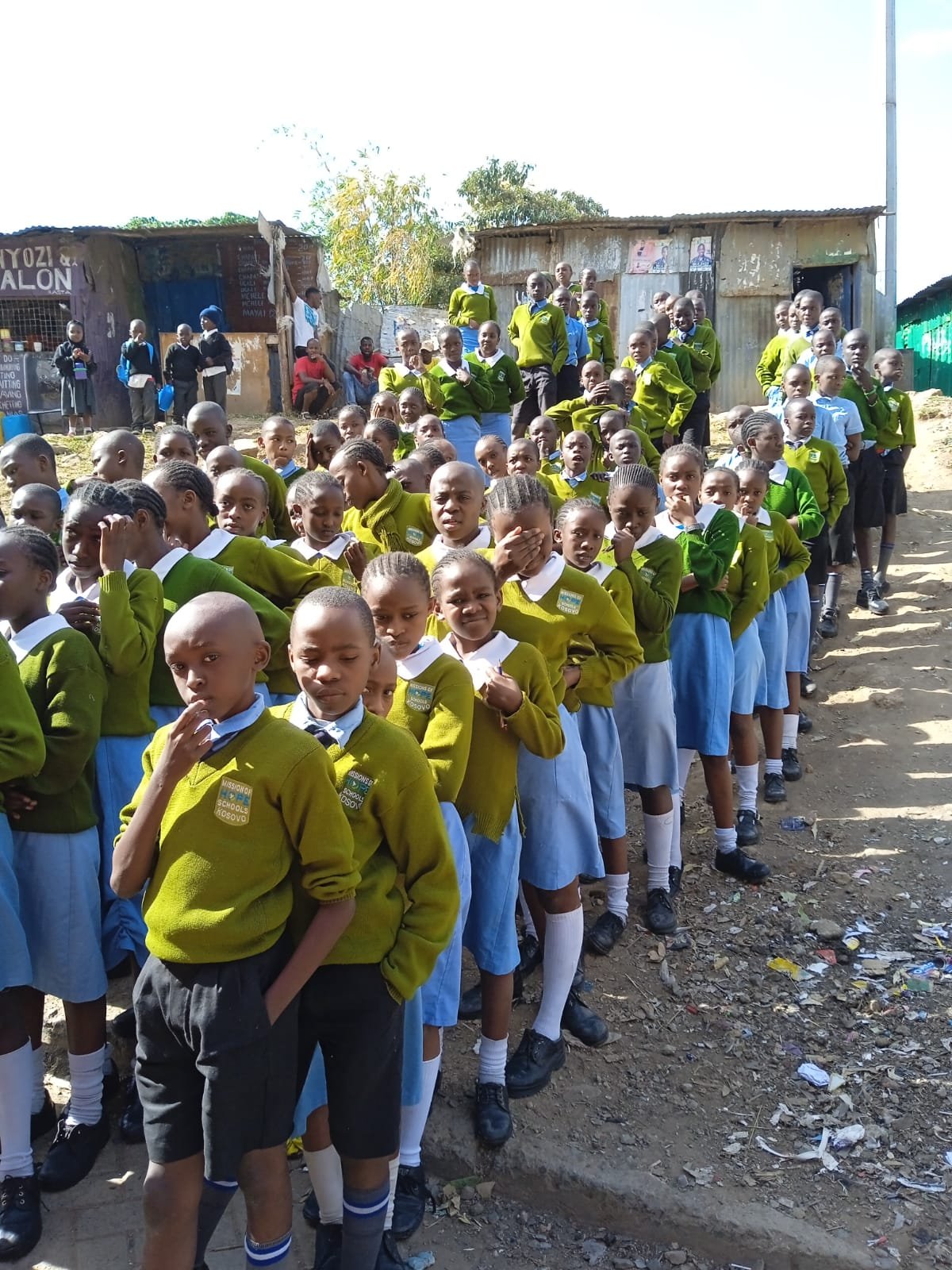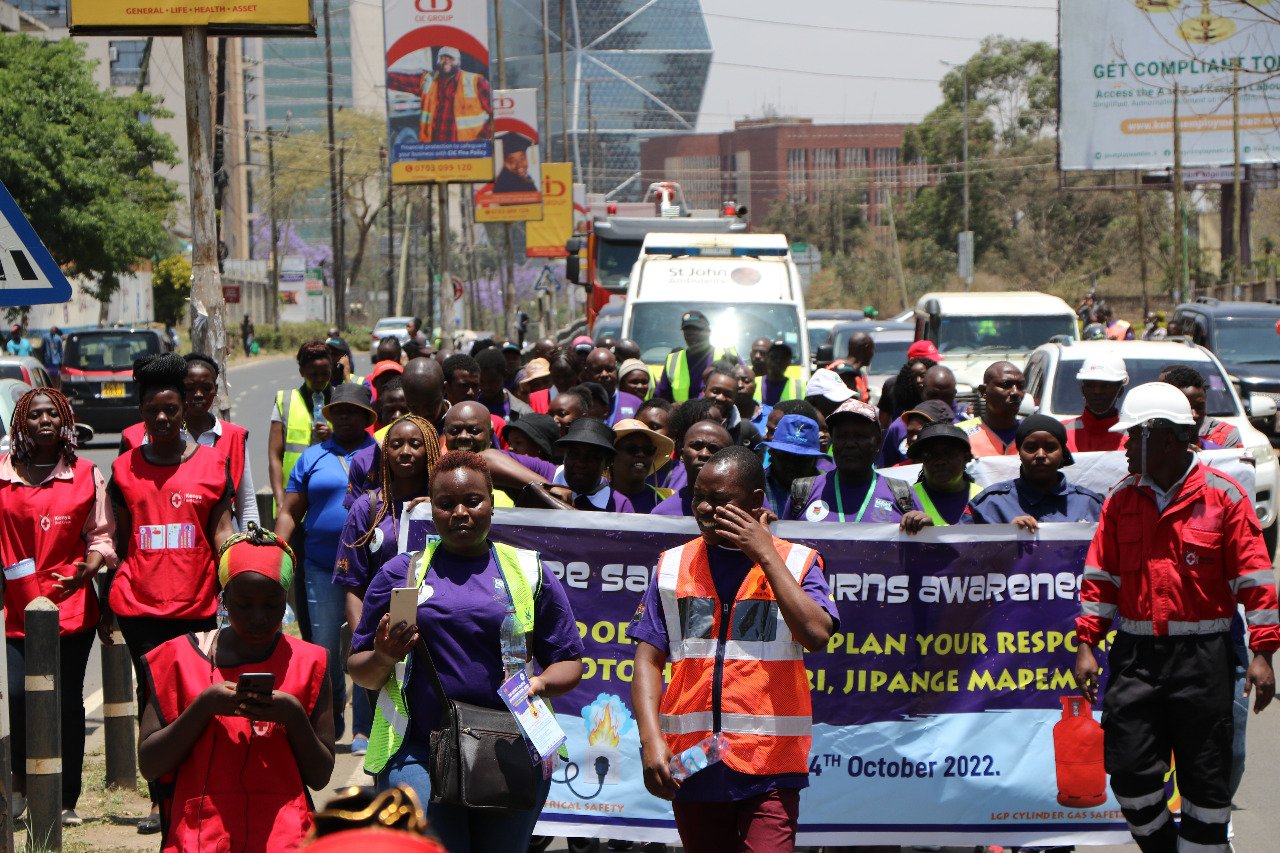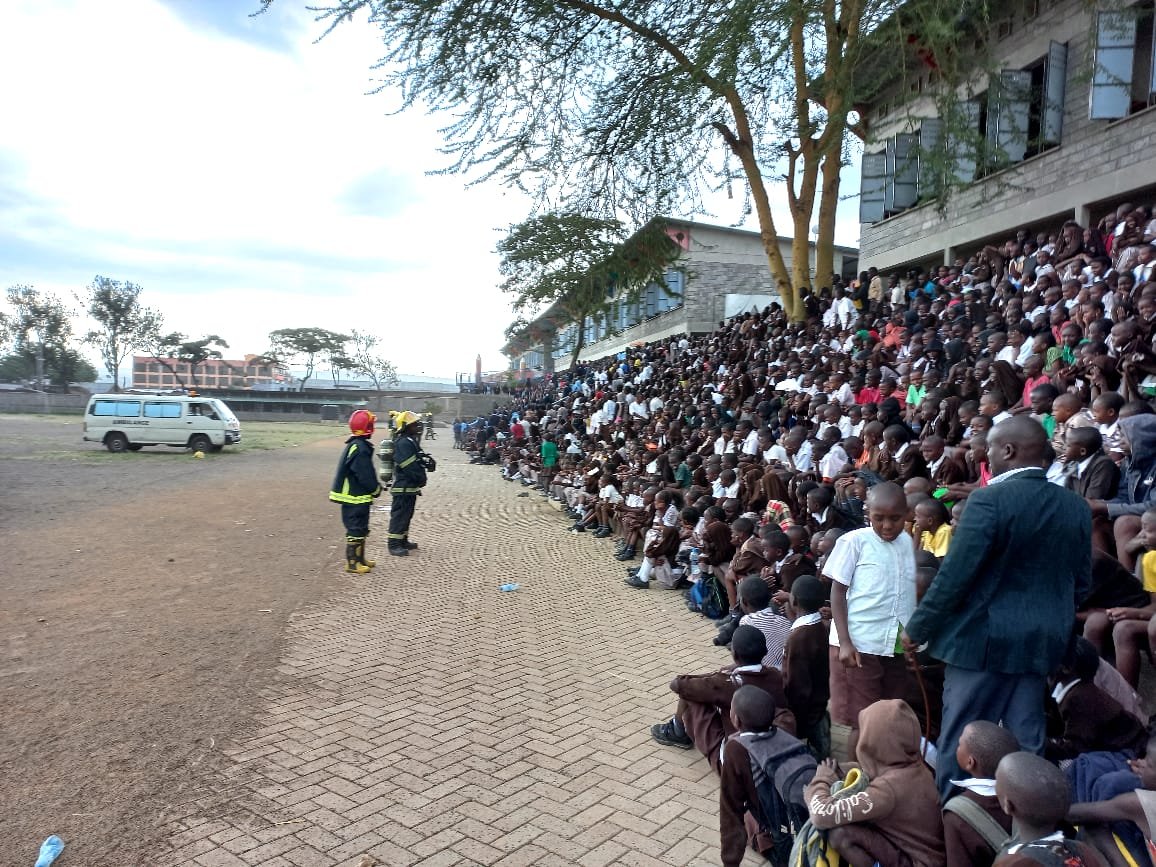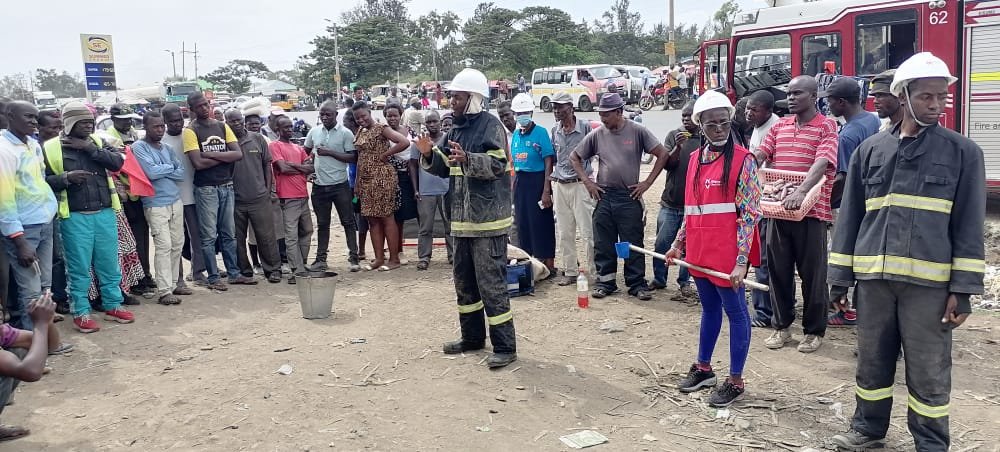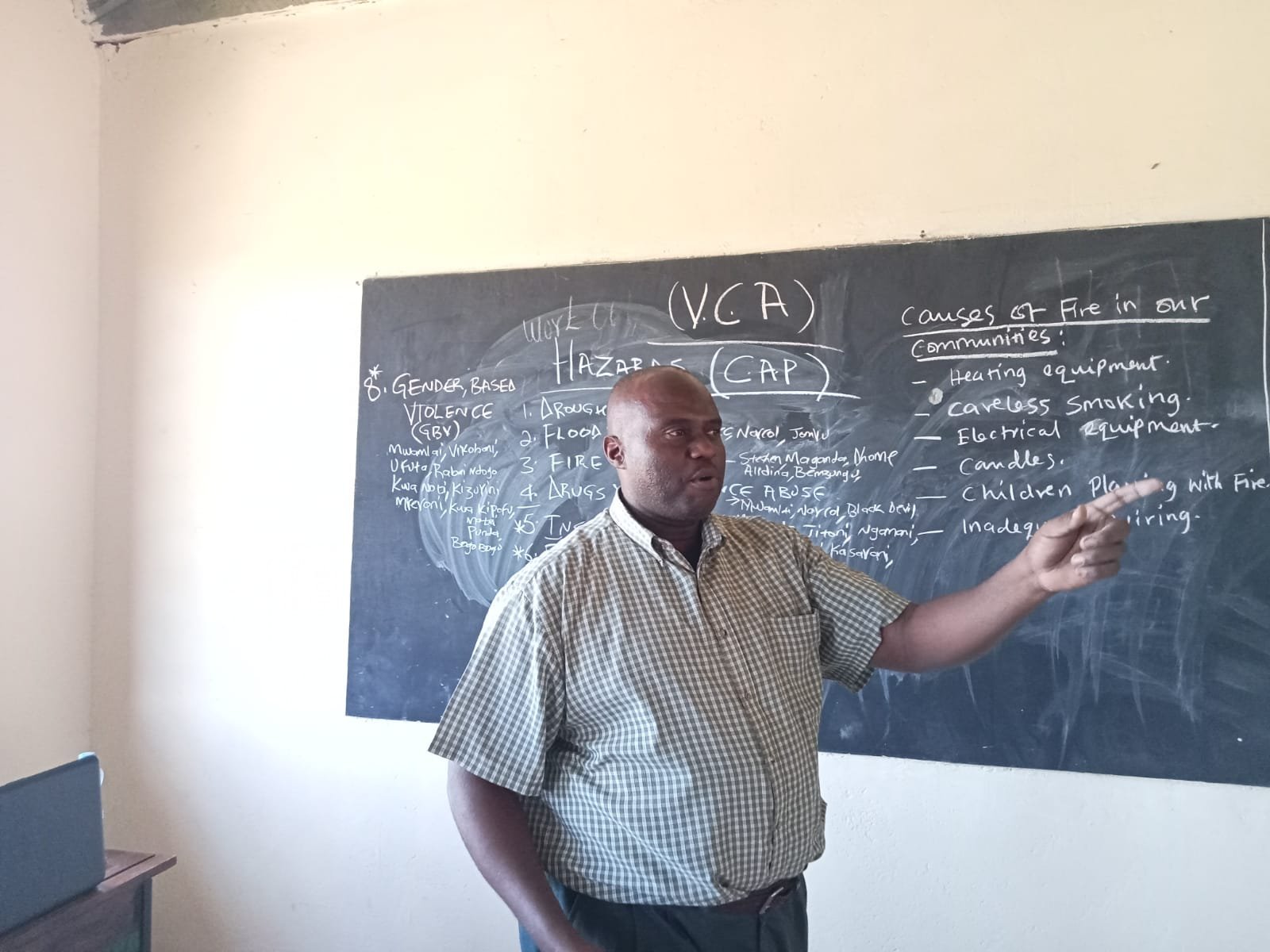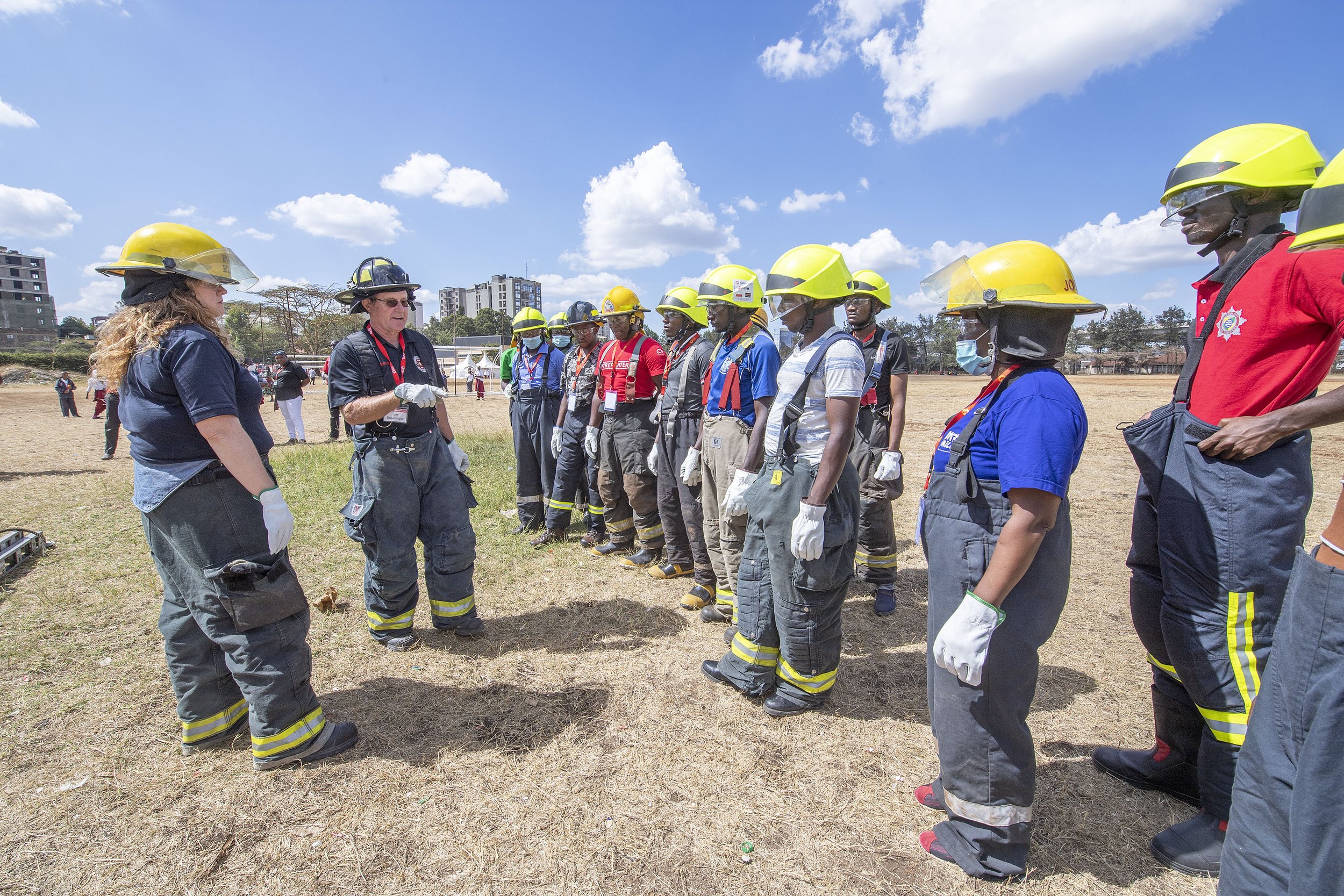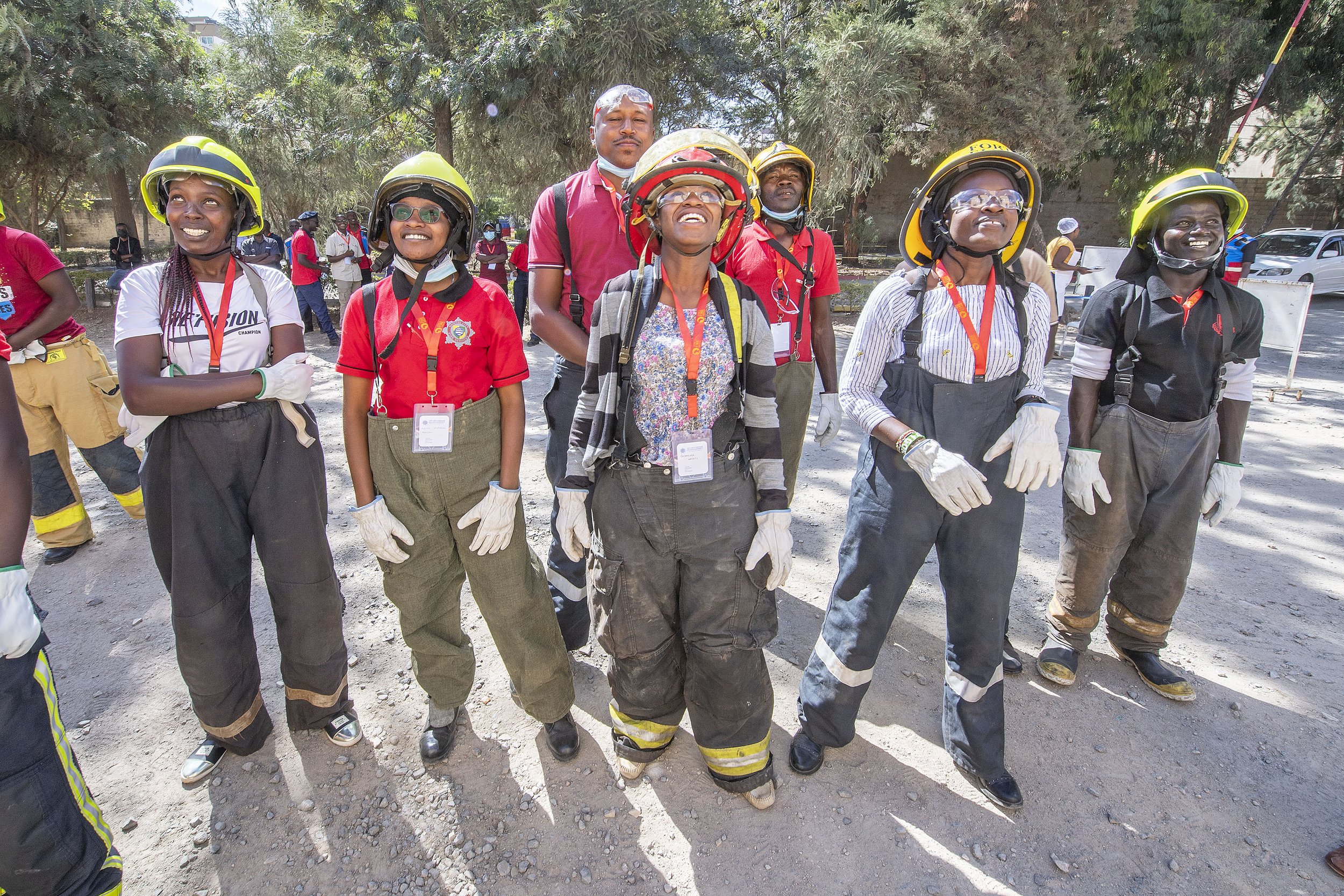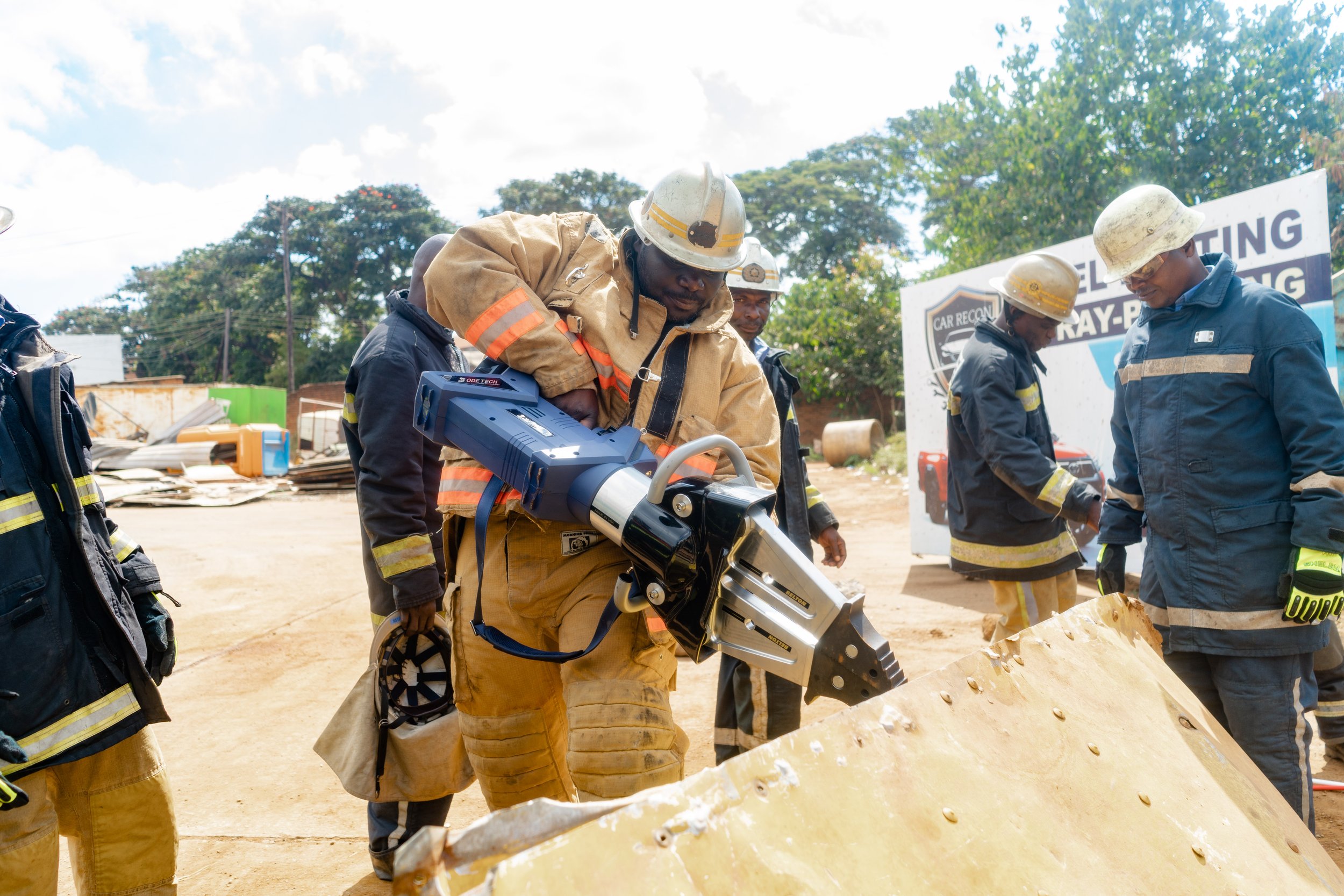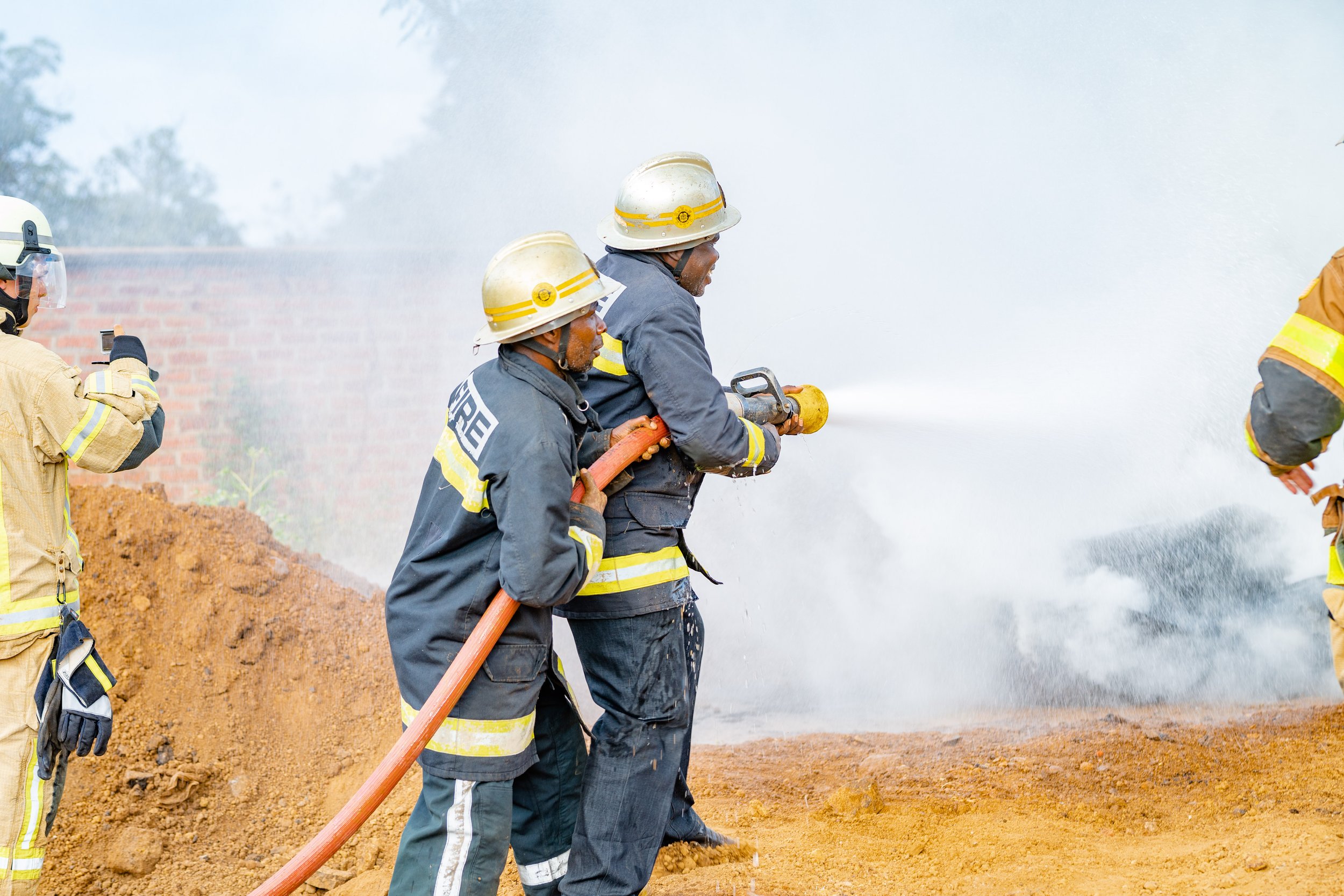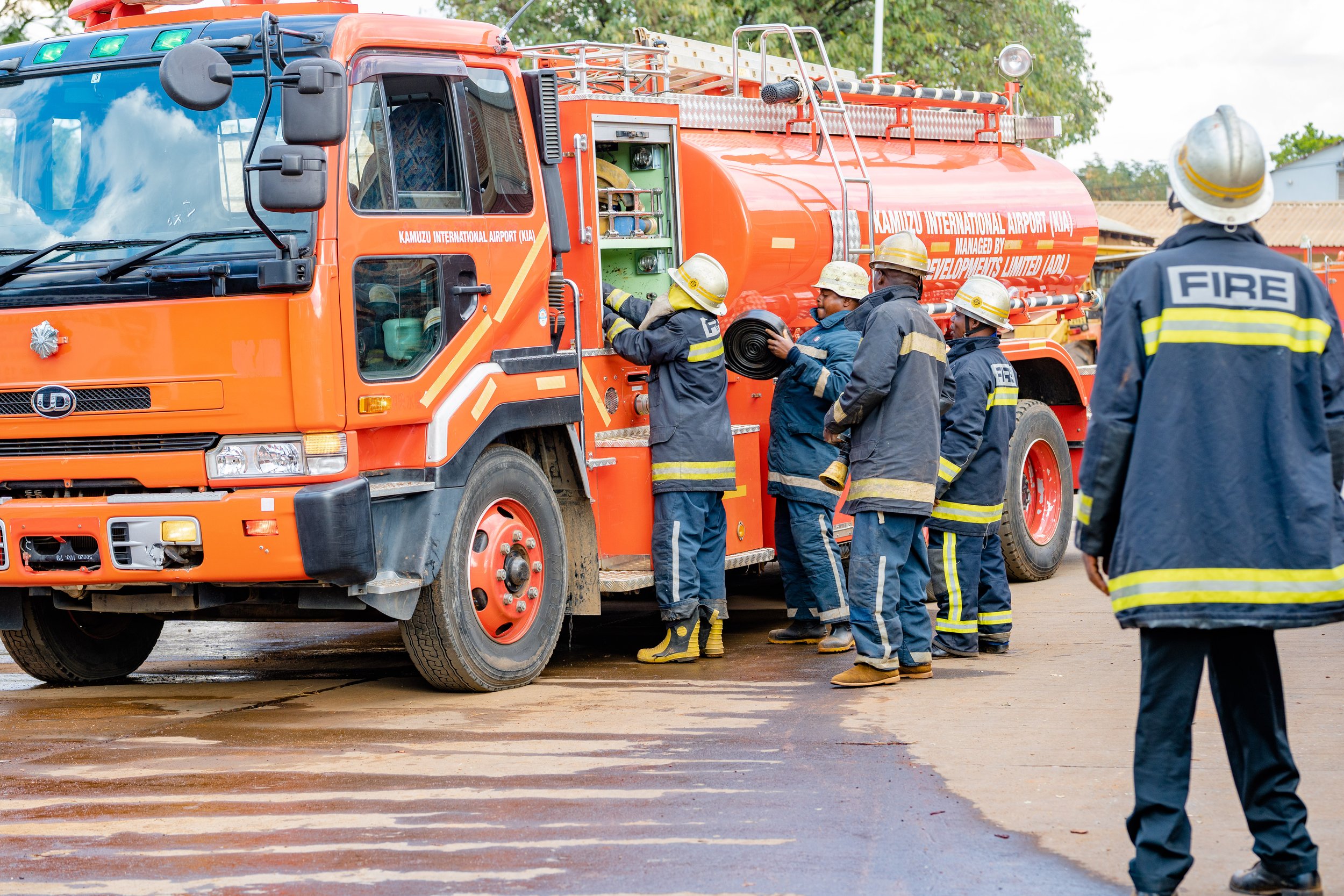If you are a firefighter you probably know that gear expires. Maybe reading this, you are learning about the fire service and this might be new information to you. Either way, in the United States, NFPA codes dictate how long firefighter equipment can be used and when it needs to be replaced. For good equipment, the reason equipment expires is largely with the thought that within 10 years there are very likely new equipment safety technologies to keep firefighters safe.
Many firefighters in the world don’t have the luxury of new gear every 10 years. Additionally, much of the 10 year old gear is still effective in keeping firefighters safe from fire even if it is not the newest technology. As a result, Africa Fire Mission has partnered with fire departments across the US (and in Germany) to get quality used personal protective equipment to Africa.
In September 2022, AFM had a team visit FCT Fire Service in Abuja, Nigeria. While there, I asked one of the firefighters to allow me to inspect the label of his Turnout Coat. Bold of me, but important to the work that we do to understand the needs of the firefighters. When he a allowed me to look - I was expecting to see a label dated 30 years old based on the PPE I was looking at - instead there was no date and the label said that the garment was actually a “Firefighter Costume” with NO international approvals or rating. Our team educated the firefighters about their current equipment limitations and have been helping to advocate for a public private partnership with the Institute of Human Virology- Nigeria to support training and equipment for the fire service in Nigeria.
We are excited to have the opportunity to send over 300 sets of PPE to the Institute of Human Virology, Nigeria. We will load a 20 foot container on August 5, 2023.
We need your help! We have most of the equipment we need for this shipment, but still need about 160 fire helmets! If you know a fire department that has decommissioned fire helmets that are still serviceable, please contact us and we will determine the best way to get the equipment to us in Cincinnati, Ohio.
We also need volunteers to help us load the equipment on August 5th! You can sign up to help by clicking this link:

